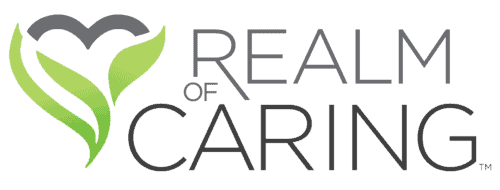Please use this link to access this publication.
Abstract
Cannabis (also called marijuana) is naturally derived from the cannabis plant and can be consumed in many different product formulations that have varying concentrations of tetrahydrocannabinol (THC), the most prevalent psychoactive substance. Almost half of states in the United States have legalized recreational use for adults. Fortunately, longitudinal epidemiological studies indicate that less than 20% of youth report current cannabis use and that their lifetime use has actually decreased over the last few decades. Nevertheless, with the increasing availability of different formulations with higher concentrations of THC and notable increase in use among adults, pediatricians need to be more knowledgeable about cannabis and its health effects on children and adolescents. Clinical syndromes, both acute and chronic, evidenced-based screening tools, and treatment modalities are described. Pediatricians can play a unique role in both preventive counseling and engagement in reduction of its use among youth.
